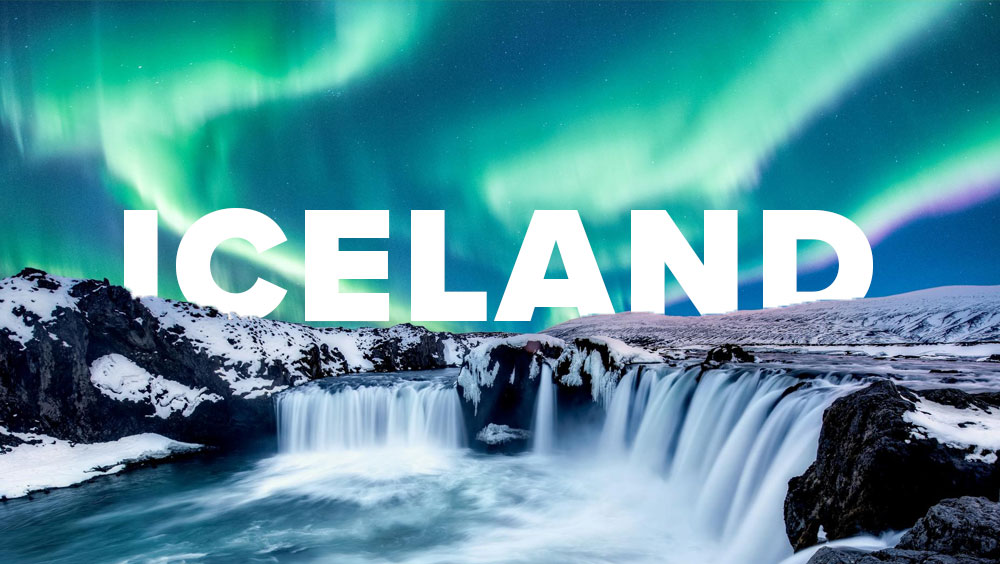Iceland is a land of stunning landscapes, mesmerizing natural phenomena, and extreme seasonal variations. If you're planning a trip, you might be wondering about the best time to visit Iceland. The perfect time depends on what you want to experience – from witnessing the Northern Lights to exploring lush green landscapes under the midnight sun. In this guide, we'll break down the best time to visit Iceland based on weather, activities, and attractions.
Summer: The Best Time For Exploring Iceland
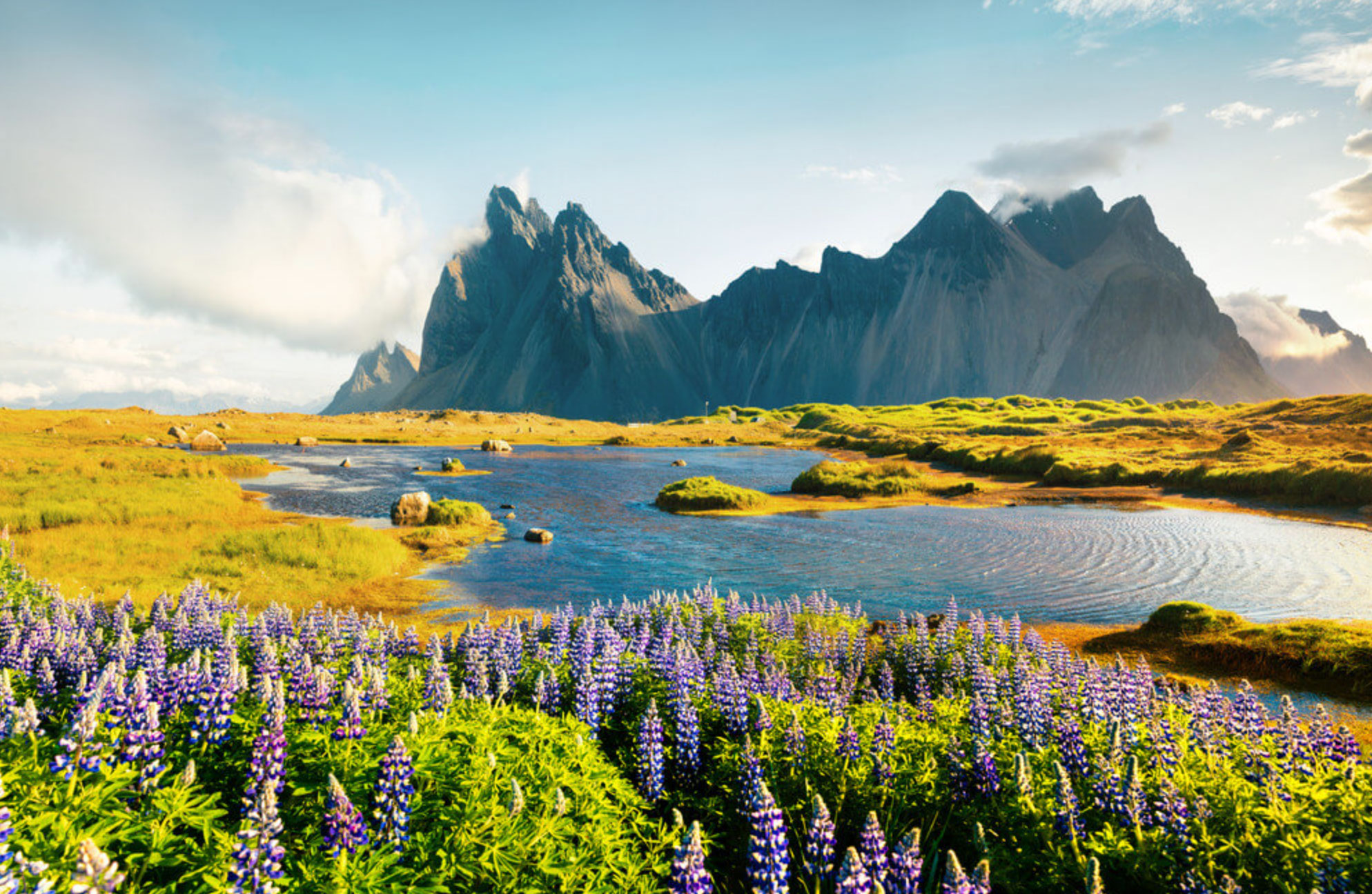
Summer, from June to August, is one of the best times to visit Iceland. With nearly 24 hours of daylight, known as the Midnight Sun, visitors can explore breathtaking landscapes without worrying about nightfall. The mild temperatures, ranging from 10°C to 15°C (50°F to 59°F), make it ideal for outdoor activities like hiking, whale watching, and exploring the Golden Circle. It’s also the perfect season to visit Iceland’s highlands, which are usually inaccessible in winter..
Winter: A Magical Wonderland For Northern Lights
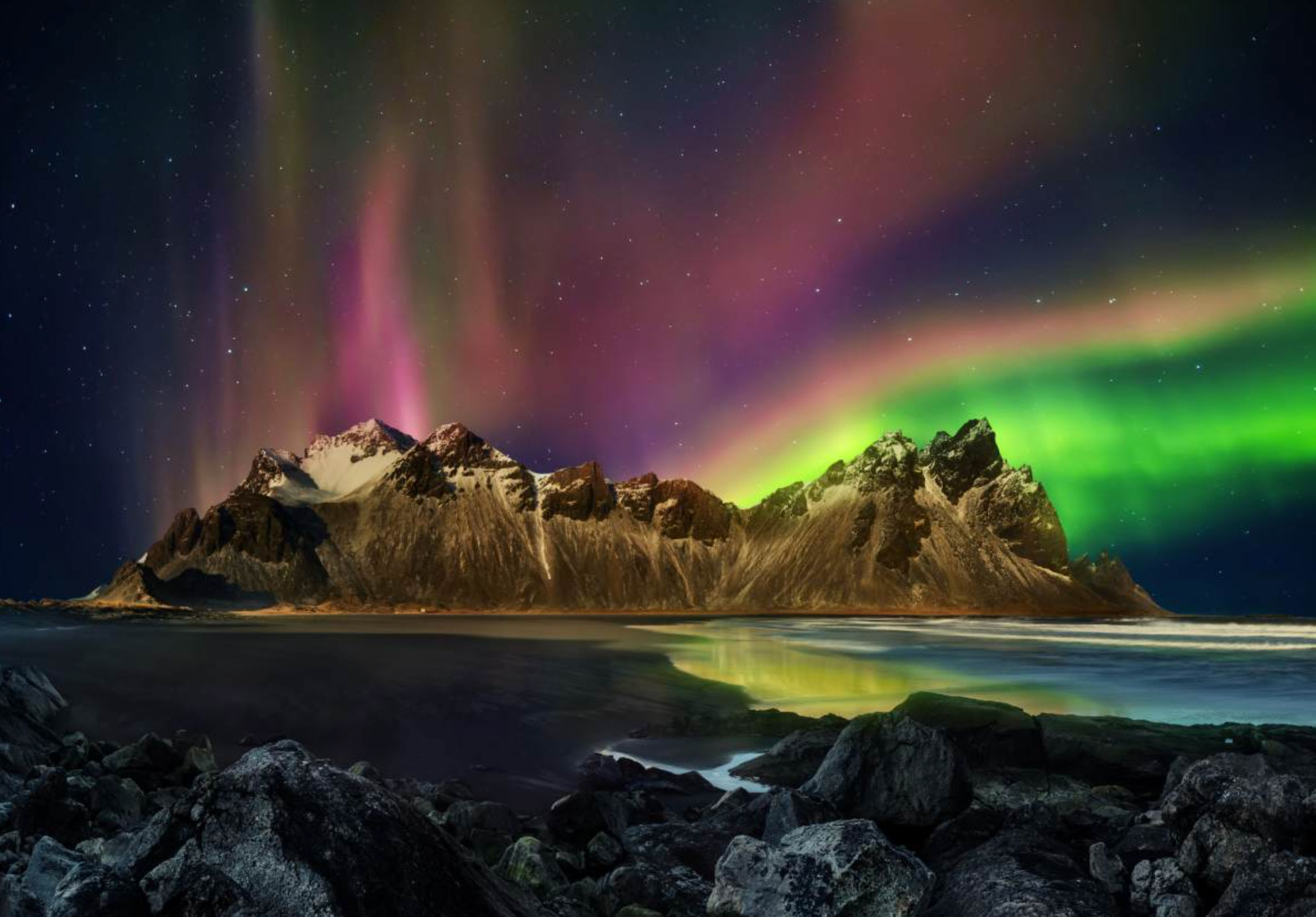
Winter, from November to March, is the perfect time to visit Iceland if you want to witness the spectacular Northern Lights. The long nights and chilly temperatures, ranging from -1°C to 4°C (30°F to 40°F), create great conditions for viewing this natural phenomenon. Winter also offers exciting activities like ice cave tours, glacier hiking, and soaking in the Blue Lagoon surrounded by snow-covered landscapes. However, travelers should be prepared for unpredictable weather and road closures..
Spring: A Transition Between Ice And Greenery
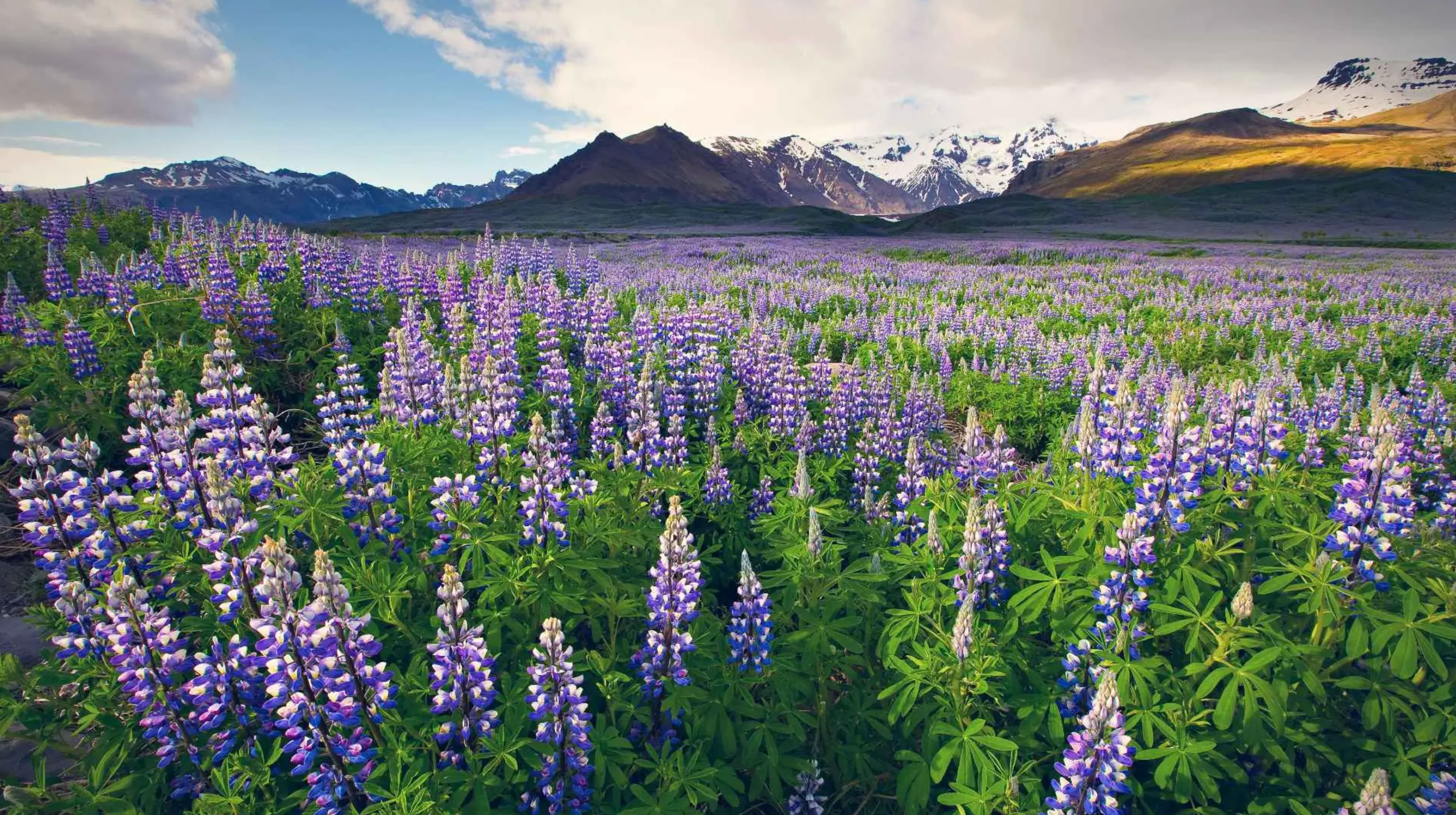
Spring, from April to May, is an underrated but excellent time to visit Iceland. As the country shakes off winter’s snow and ice, landscapes begin to bloom with greenery. Fewer crowds and lower prices make it a great time for budget travelers. The average temperatures range from 5°C to 10°C (41°F to 50°F), which is comfortable for sightseeing. Spring is also an amazing time for birdwatching, as puffins start arriving on coastal cliffs..
Autumn: Less Crowds, More Colors
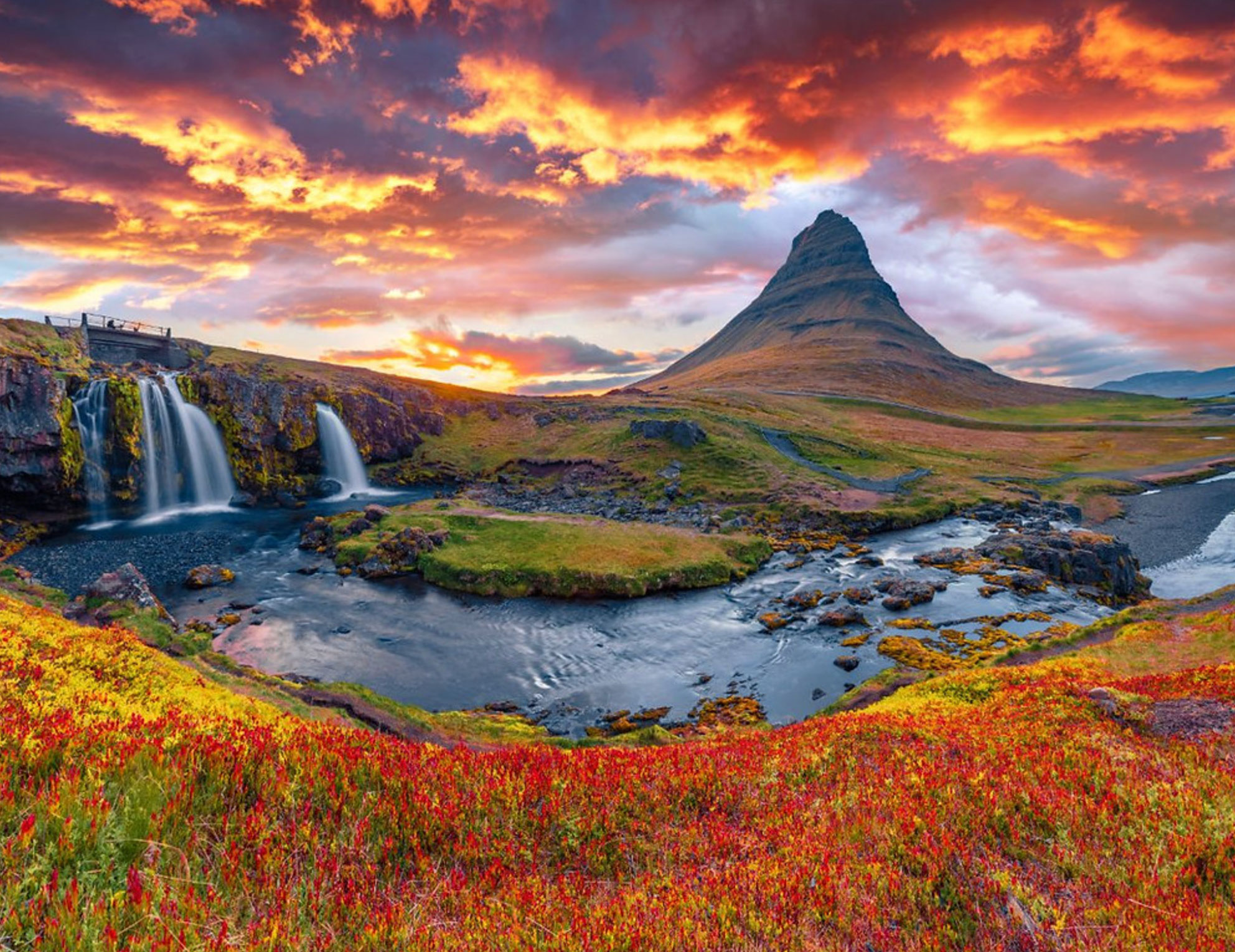
Autumn, from September to October, is another great time to visit Iceland. With summer crowds gone, visitors can enjoy a more peaceful trip. The fall foliage transforms the landscapes with shades of orange and red, creating a photographer’s paradise. This is also one of the best times to see the Northern Lights before the extreme winter conditions set in. The mild temperatures and reasonable hotel prices make autumn an attractive season for travelers..
Best Time To Visit Iceland For The Northern Lights
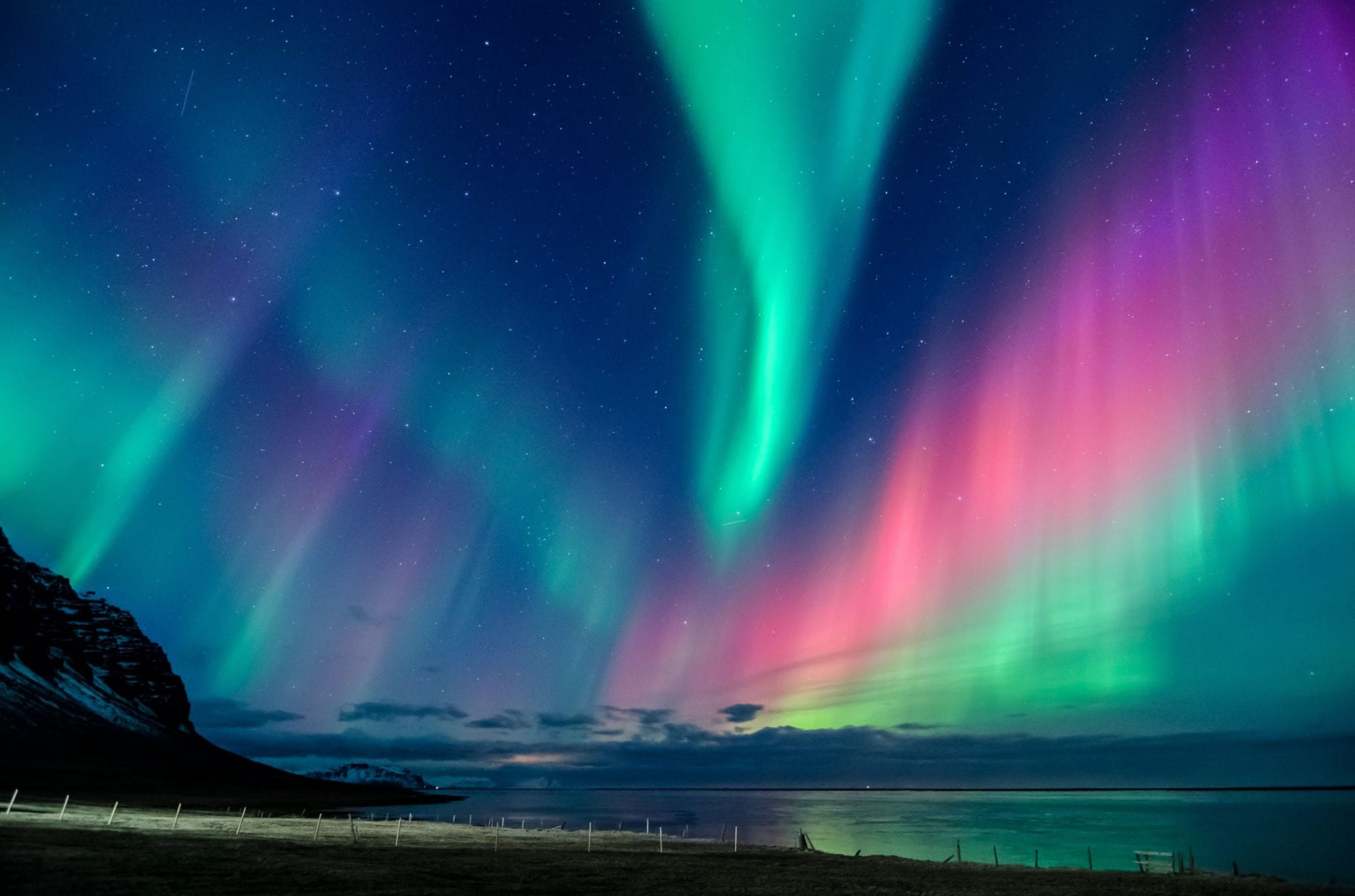
The Northern Lights are best viewed from late September to mid-April when the nights are longest. December to February offers the darkest skies, increasing your chances of seeing the auroras. However, these months can also bring heavy snow and road closures, making September, October, and March the best balance between good conditions and a high probability of Northern Lights sightings..
Best Time To Visit Iceland For The Midnight Sun

If you want to experience Iceland's Midnight Sun, the best time to visit is from late May to early August. The longest day of the year, summer solstice, occurs in late June, offering nearly 24 hours of daylight. This extended daylight allows for endless adventures such as road trips, hikes, and even late-night photography without worrying about losing sunlight..
Best Time For Budget Travelers

Traveling to Iceland can be expensive, but budget-conscious travelers can enjoy lower prices in the shoulder seasons of spring (April-May) and autumn (September-October). Flights and accommodations tend to be more affordable compared to peak summer months. Additionally, attractions are less crowded, allowing for a more authentic experience with nature..
When To Avoid Visiting Iceland
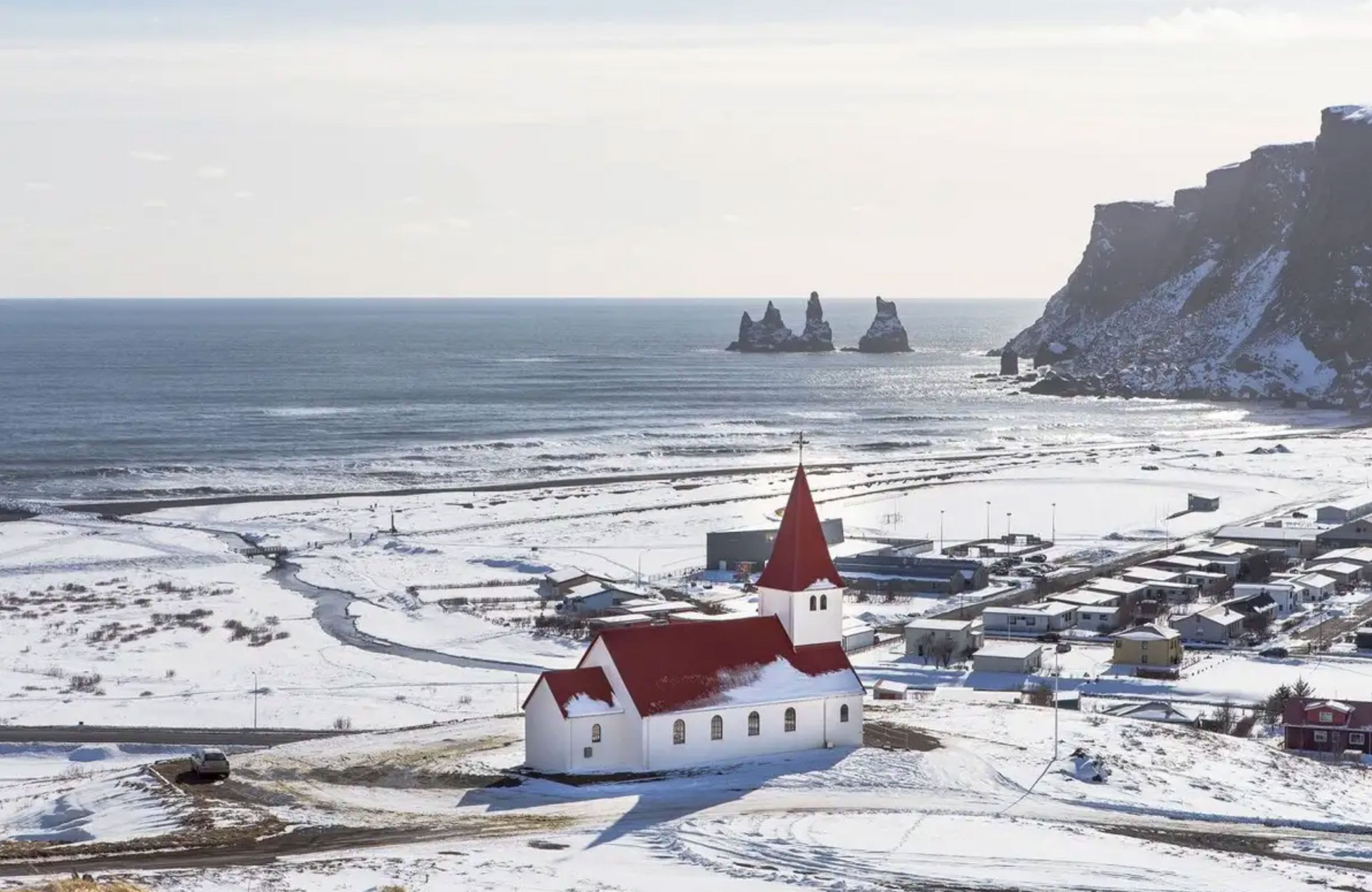
While Iceland is a year-round destination, travelers should be cautious about visiting in deep winter (January-February) if they are not comfortable driving in harsh snowy conditions. Some remote areas and roads may be closed due to heavy snowfall, limiting access to certain attractions. Additionally, mid-summer (July) sees the highest number of tourists, leading to inflated prices and crowded hotspots..
The best time to visit Iceland depends on what kind of experience you're looking for. Summer offers long, sunny days and accessible landscapes, while winter provides magical Northern Lights and winter activities. Shoulder seasons like spring and autumn provide a balance of affordability, fewer crowds, and stunning scenery. No matter when you visit, Iceland’s breathtaking nature and unique experiences will make your trip unforgettable.

